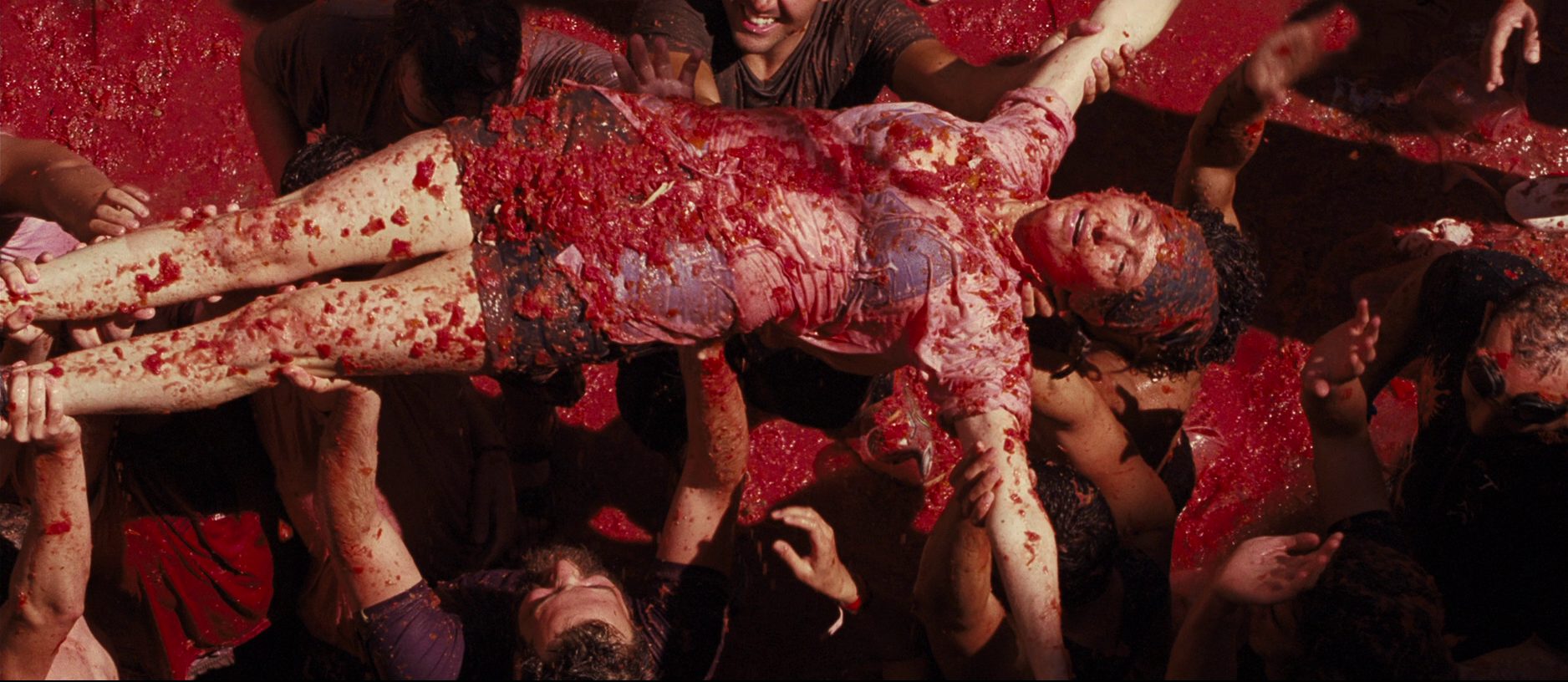“Dearly beloved, we are gathered here to mourn Mr. Snuffles, who was snuffed out.“
Lynne Ramsay’s psychological thriller We Need to Talk About Kevin portrays the debate of nurture versus nature through the relationship of an emotionally distant mother and psychopathic son. The purposeful inclusion of a guinea pig who serves as a vessel for the humans surrounding him invites the conversation of animal cruelty linked with violence in youth. This scene in We Need to Talk About Kevin introduces the issue of viewing animals from a de-attached lens, as it can lead to a spiral of dangerous behaviour.
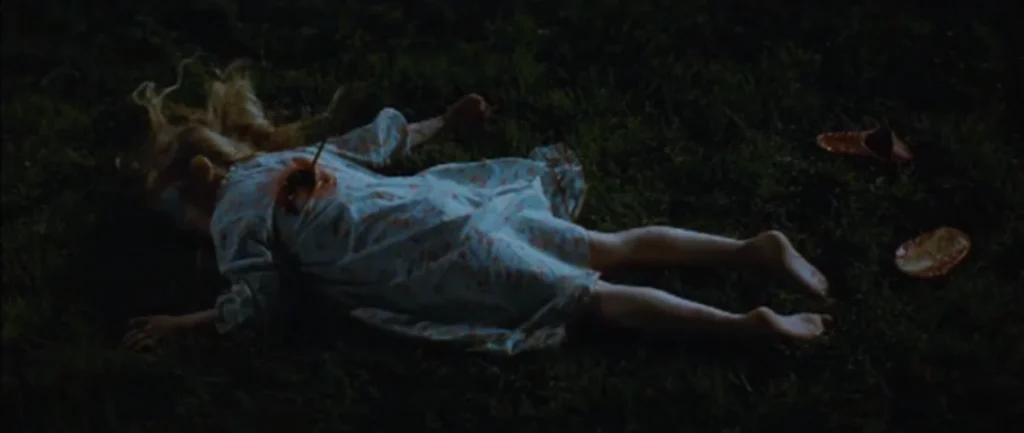
Figure 1. Celia’s death scene.
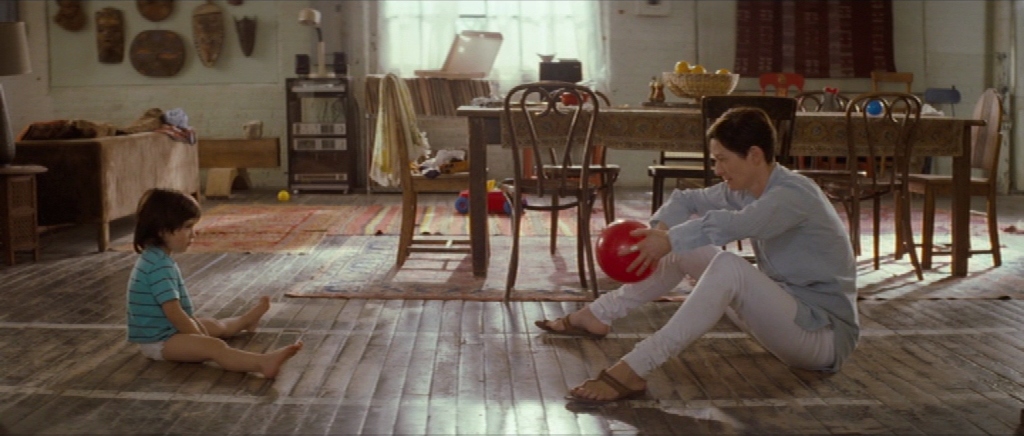
Figure 2. Toddler Kevin and Mother Eva. 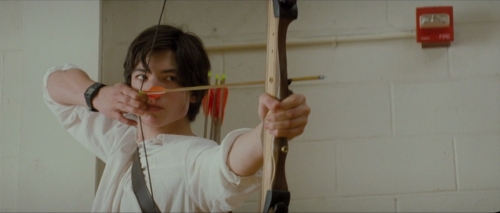
Figure 3. Kevin shooting his bow & arrow. 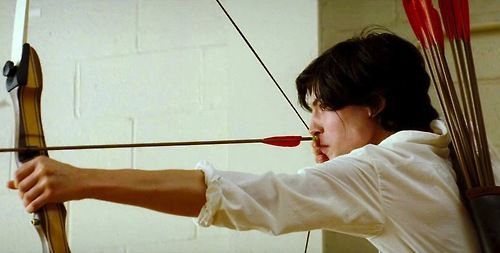
Figure 4.
This tendency to view animals from a distant perspective enables Kevin to use Snuffles as a prop in his scheme. This is the crucial difference in Kevin’s treatment of Snuffles versus Celia’s. As, for Celia, Snuffles allows her to develop childlike play. Being owned by their humans, pets can easily become objects in the household. Due to this lack of voice and story, they can be overlooked. This proves to be more accurate for Kevin, as he murders Snuffles before his classmates, using the pet as a warning. His cold approach contrasts with Celia’s attachment. Celia’s point of view is illustrated in this scene, with the close-up framing of Snuffles, the focal point for Celia.

Figure 5. Celia playing with Snuffles and toy tiger. 
Figure 6.
Ramsay’s fragmented construction of shots and integral use of extra-diegetic ominous music, contrasting with vibrant visuals, reveal the forbidding happenings of the narrative. This is seen in the framing of the sequence focussing on Snuffles. He is the central focus shot, depicted amongst bright primary colours, providing the viewers with Celia’s childlike and joyful perspective, reminding the viewer of Snuffle’s significance for Celia. Ramsay presenting this scene from Celia’s perspective allows the viewer to share her sorrow when the truth is later revealed.
Children and animals are a favoured and heart-warming combination in many films, usually depicting a special bond. However, due to this being a thriller with a lack of dream-like animation, this portrayal of human-animal relations allows for a more realistic yet sinister examination.
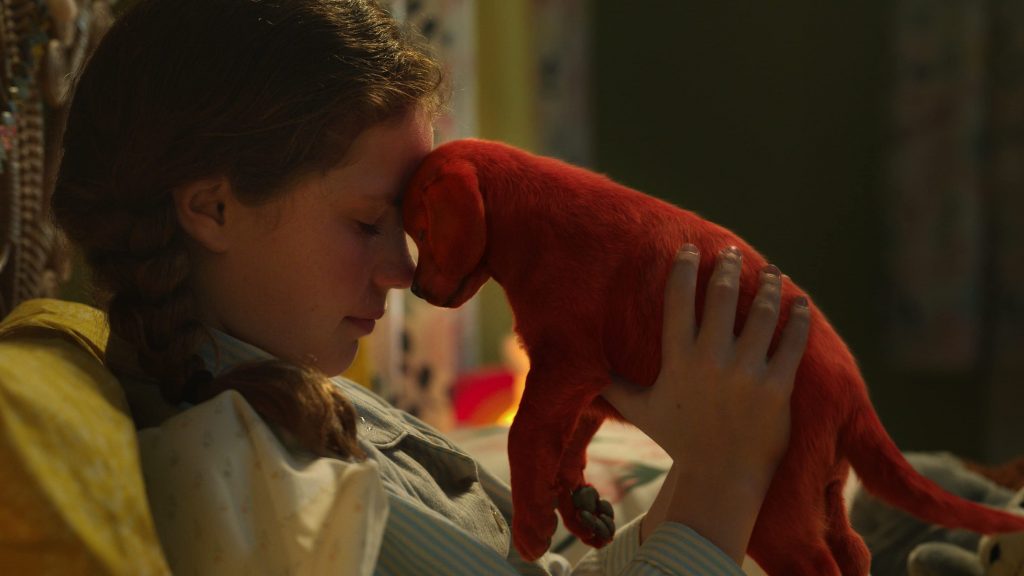
Figure 7. Clifford the Big Red Dog. 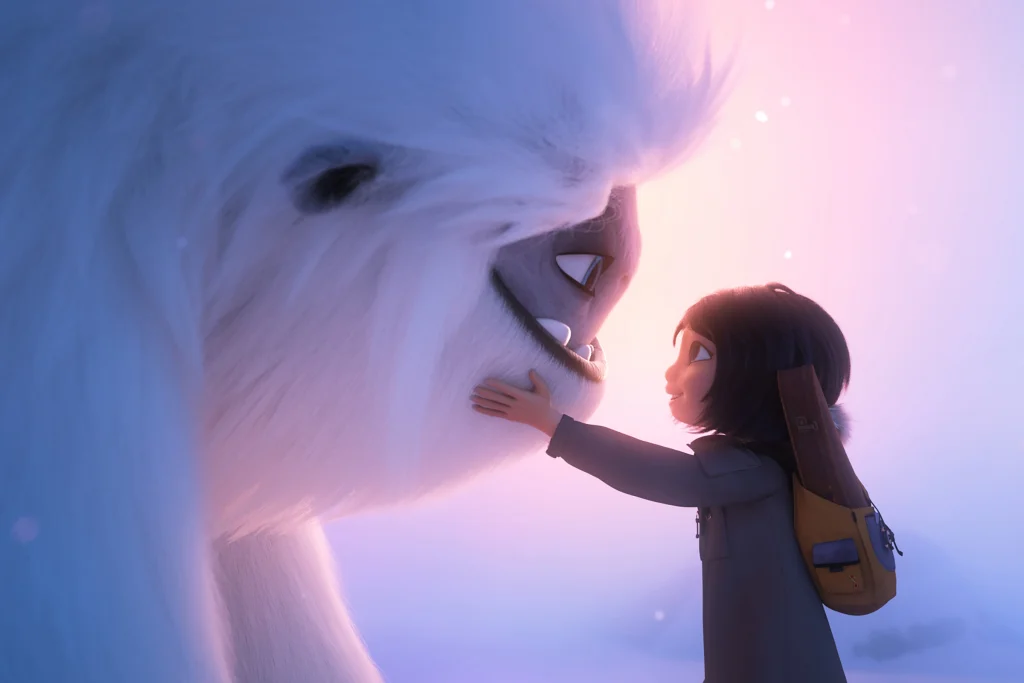
Figure 8. Abominable.
The double play of the real guinea pig watching Celia play with her toy tiger conveys how humans can turn living animals into inanimate objects. Although it is not Celia who commits cruelty, Ramsay ensures that the very few minutes that Snuffles is on-screen constantly remind the viewer of the human relationship to, and use of animals. This attitude builds to an extreme with Kevin’s treatment of Snuffles, as he clogs him in the food processor. Although a living, breathing animal, Snuffles is silent and still in every shot, even the fake tiger toy moves and makes more sound.
Celia is shown playing with Snuffles, vocally embodying the inanimate tiger. In the following shot of this play-pretend scene, Snuffles is in a costume. Acting as a doll for Celia, which is common, however, interesting to examine the portrayal of domestic animals being almost de-animalised and reshaped to satisfy humans. The use of a fake wild tiger to play with the house pet invites an element of threat. The irony of Celia, the innocent child, playing the threatening tiger complicates the film’s use of animals.

Figure 9. Snuffles in a costume.
Kevin merely using Snuffles as a device in his tormenting plan, and Celia bonding with him opens this discussion of ethical pet keeping. This portrayal turns sinister with the sound bridge of extra-diegetic ominous music combined with the repetitive, diegetic ticking of the clock, leading the viewers out of this scene and onto Snuffles disappearance.
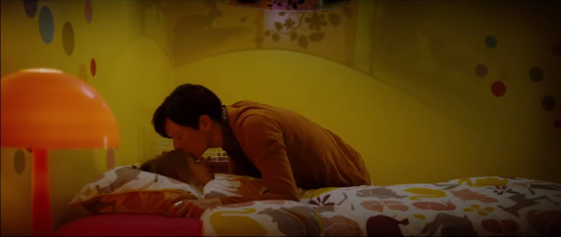
Figure 10. Eva kissing Celia goodnight. 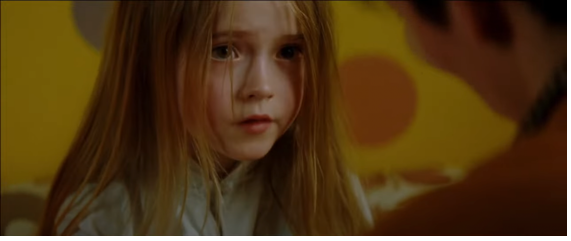
Figure 11. Celia sad over Snuffles missing. 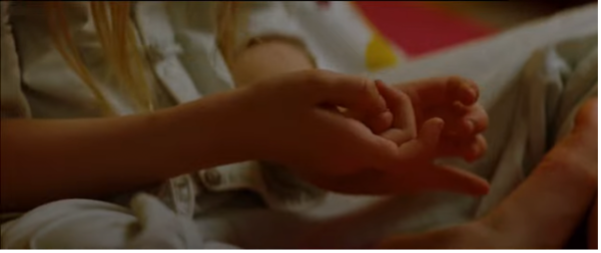
Figure 12. 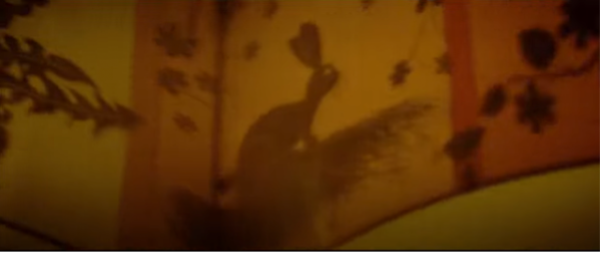
Figure 13. Wildlife animal kaleidoscope imagery.
This careful construction of sequences refuses to allow the viewer to ignore the significance of animals. Depicting human and animal relations through the perspective of a child’s pet being violently removed from her life serves as a moving method of discussion.
Bibliography
- We Need To Talk About Kevin, dir. by Lynne Ramsay (Code Red, 2011). Online film recording, < https://www.youtube.com/watch?v=R0b5ROZUj1c>, [accessed on 20th October 2022].
- Frank R. Ascione, Animal Abuse and Youth Violence, Juvenile Justice Bulletin, September 2001 < https://www.ojp.gov/pdffiles1/ojjdp/188677.pdf > [accessed on 22nd December 2022]
- Michelle Newberry, Associations between different motivations for animal cruelty, methods of animal cruelty and facets of impulsivity, Psychology, Crime & Law, 2018, <https://www.tandfonline.com/doi/full/10.1080/1068316X.2017.1371305> [accessed on 22nd December 2022]
